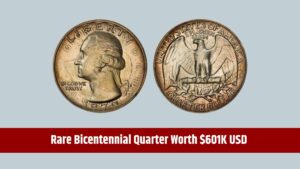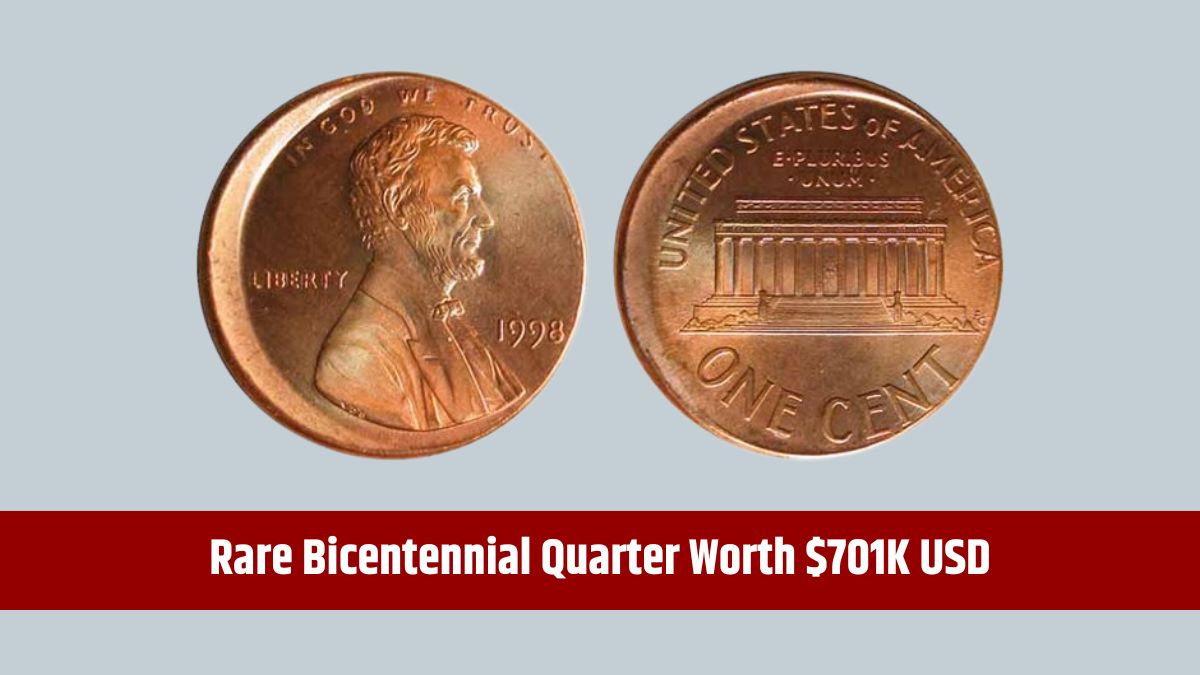If you’re a retiree, one crucial aspect of managing your retirement savings is understanding Required Minimum Distributions (RMDs). These are the minimum amounts you must withdraw annually from retirement accounts like IRAs or 401(k) plans once you reach a certain age.
The goal of RMDs is to ensure that the government eventually collects tax on your tax-deferred savings. With recent changes in RMD regulations, it’s essential to stay informed, as the rules can significantly impact your finances.
Let’s investigate the four main factors to keep in mind regarding RMDs in 2024.
Age
With the passage of the Secure 2.0 Act, the RMD starting age has increased from 72 to 73. This means that if you turn 73 this year, you’re required to start taking RMDs by December 31. For those who turned 72 in the previous year and already began RMDs, the new rule doesn’t apply.
However, if you’ve yet to reach the required age, you’ll have an extra year of tax-deferred growth. Starting in 2033, the RMD age will increase again, from 73 to 75, offering even more time to let your retirement funds grow without mandatory withdrawals.
The chart below highlights the changing RMD ages under the Secure 2.0 Act:
| Year Turning 72 | RMD Start Age |
|---|---|
| 2022 and earlier | 72 |
| 2023-2032 | 73 |
| 2033 and later | 75 |
Amount
Due to last year’s stock market surge, this year’s RMD amounts will be higher for many retirees. Why? RMDs are calculated based on the total value of your retirement accounts at the end of the previous calendar year.
With a strong market performance on December 31, 2023, retirees may face “supersized” RMDs, meaning they’ll need to withdraw a larger portion of their savings. Fidelity Investments estimates that total RMDs will surpass $25 billion in 2024—the highest amount ever.
This could have significant tax implications, as larger withdrawals may push some retirees into higher tax brackets. For example, if your RMD rises from $30,000 to $35,000, the extra income could result in increased Medicare premiums or higher taxable Social Security benefits.
Taxes
RMDs are always taxed as ordinary income. This means that the amount you withdraw is added to your adjusted gross income (AGI) for the year, potentially increasing your overall tax liability. For retirees relying on Social Security benefits, the added income could also mean that a larger portion of their benefits becomes taxable, depending on their income level.
Here’s a quick example: Let’s say you have $100,000 in a 401(k) and need to withdraw an RMD of $4,000. If you’re in the 22% tax bracket, that RMD would result in an additional $880 in taxes. Higher RMD amounts could bump you into a higher bracket, so tax planning is crucial.
Penalties
Failing to take your RMD on time can be costly. The penalty for not withdrawing the required amount used to be a hefty 50% of the missed RMD, but with the Secure 2.0 Act, it has been reduced to 25%. Moreover, if you correct the mistake within two years, the penalty drops further to 10%. This change offers more flexibility for retirees who may overlook their RMDs, but it’s still essential to plan ahead and ensure compliance to avoid unnecessary penalties.
Additionally, if you have multiple retirement accounts, the rules for calculating RMDs can vary. For instance, if you have several traditional IRAs, you can aggregate your RMDs and withdraw the total from one or more accounts. However, for 401(k)s, RMDs must be taken separately from each account.
Considerations
Roth IRAs, unlike traditional IRAs, do not require RMDs during the account owner’s lifetime. This makes Roth IRAs an excellent tool for retirees who want to minimize taxable income and leave a tax-free legacy for heirs. The exception to this rule is for inherited Roth IRAs. Beneficiaries must take RMDs from these accounts, though they remain tax-free if the original account was held for at least five years.
This flexibility makes converting traditional IRA funds to a Roth IRA an appealing option, particularly for retirees who want to reduce future RMDs or avoid them altogether.
Tips for Managing
- Plan Withdrawals Strategically: If you’re approaching RMD age, consider spreading withdrawals over multiple accounts or using RMDs to fund living expenses instead of selling other investments.
- Reinvest if Possible: You’re not required to spend your RMDs. Consider reinvesting them in a taxable brokerage account, a high-yield savings account, or even use them for charitable donations to offset the tax impact.
- Seek Professional Help: Consulting a financial advisor can help optimize your withdrawal strategy and reduce your tax liability.
As the rules surrounding RMDs continue to evolve, it’s essential for retirees to stay informed and adapt their strategies accordingly.
FAQs
When do I have to start taking RMDs?
Starting in 2024, you must begin RMDs at age 73.
Are RMDs taxed?
Yes, RMDs are treated as ordinary income and added to your AGI.
What happens if I don’t take my RMD on time?
You may face a 25% penalty, reduced to 10% if corrected within two years.
Do I need to take RMDs from a Roth IRA?
No, unless it’s an inherited Roth IRA from another individual.
Can I reinvest my RMDs?
Yes, you can reinvest them in taxable accounts or other investments.






